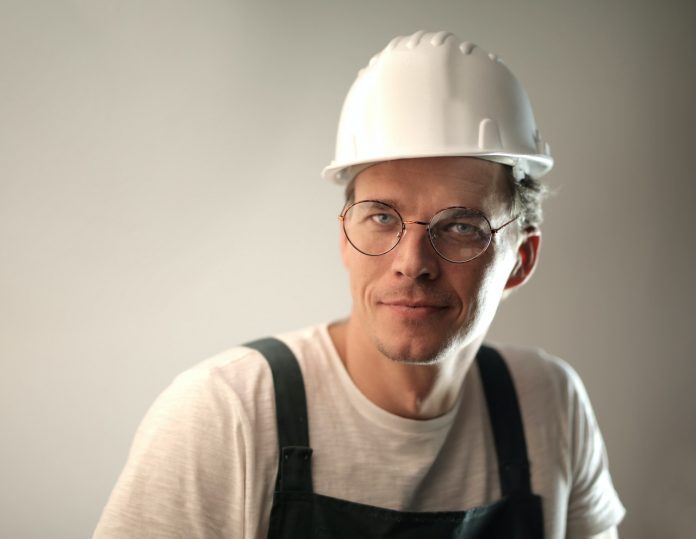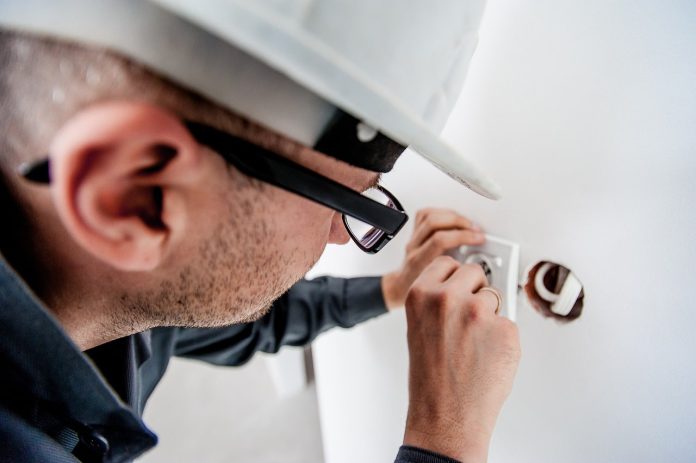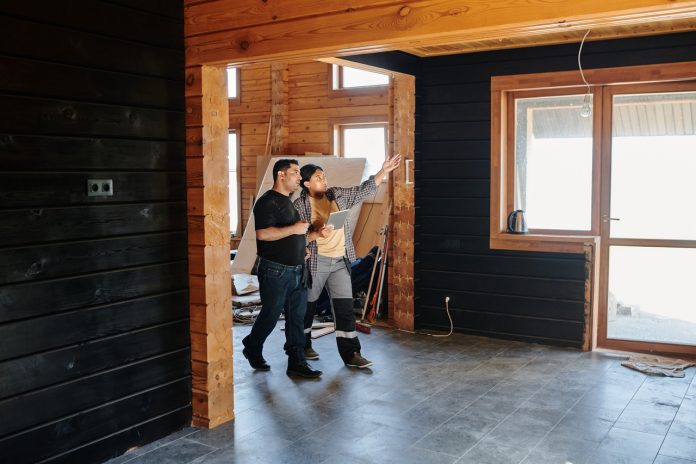Beyond Construction: How Post-Building Care Shapes Architecture Design
In the realm of architectural design, much emphasis is placed on the building phase, often overlooking the significant impact of post-building care. This article shares more about the crucial phase that follows the completion of construction work, highlighting how ongoing maintenance and care are integral to preserving the architect’s vision and the structure’s integrity over time.
Sustainability Through Maintenance
An architectural structure’s life extends far beyond its construction, entering a phase of existence where care and maintenance dictate its longevity and sustained aesthetic appeal. Neglecting this aspect of a building’s life can lead to a gradual decline, not just in terms of physical appearance but also in structural soundness. Herein lies the importance of maintenance, ensuring that the building remains true to its original design, safe for its occupants, and harmonious with its surroundings.
Incorporating strategies for long-term care during the design process anticipates potential issues and safeguards the building’s features. This proactive approach means materials and structural elements are chosen not only for their immediate appeal but also for their durability and ease of maintenance, reinforcing the building’s sustainability over time.

The Handyman’s Contribution
Often unsung heroes in the preservation of a building’s form and function, handymen play a vital role. Their skills in carrying out repairs, undertaking preventive measures, and responding to the wear and tear of daily use are essential contributions to a building’s extended lifecycle.
This is evident in the bustling metropolis of Singapore, where services like Singapore Handyman are instrumental in maintaining the city’s modern architectural splendour. While these professionals might not have participated in the building’s original creation, their ongoing work ensures that the architectural design’s essence endures, essentially becoming stewards of the architect’s legacy.
Their adeptness in various tasks, from plumbing to electrical systems, including specialised lighting repair services, significantly upholds a building’s design integrity. Recognising this, architects must integrate practical maintenance considerations into the initial design phase.
This foresight simplifies the handyman’s subsequent work, enhancing efficiency while safeguarding the architectural work’s original vision and functionality long-term. It ensures that every detail, whether structural or aesthetic, aligns with the design’s practical and artistic expectations, demonstrating how pivotal comprehensive planning is from the outset.
Keys to Building Energy-Efficient Homes
In the contemporary architectural landscape, energy efficiency stands as a cornerstone in sustainable building practices. Beyond the ethical implications, designing homes with energy efficiency in mind contributes to substantial financial savings, enhancing comfort for its inhabitants. The key lies in understanding the symbiotic relationship between a building’s design and its long-term impact on energy consumption.
Architects today lean towards natural ventilation systems that reduce the need for artificial cooling, a significant step towards lowering energy use. The strategic placement of windows and insulation materials, coupled with energy-efficient appliances, plays a crucial role in this endeavour. Additionally, the incorporation of renewable energy sources, like solar panels, reflects an innovative step forward. By adopting these practices, architects ensure homes are not just places of comfort but also beacons of sustainability, setting a standard in responsible living and design.

Home Maintenance Tips
Post-building care is a critical aspect that homeowners often overlook, leading to the gradual deterioration of their property’s aesthetic and structural integrity. Regular maintenance checks are vital; for instance, inspecting roofs and gutters for damage can prevent water seepage and subsequent structural issues.
Similarly, routine monitoring of heating and cooling systems ensures they are running efficiently, conserving energy, and maintaining indoor air quality. It’s also prudent to check for any potential electrical problems, addressing them promptly to avoid more significant, more dangerous issues down the line.
Painting and sealing wooden and metal surfaces offer an additional layer of protection from environmental damage. Essentially, through these proactive steps, homeowners not only preserve but also potentially enhance their living space, ensuring their home remains a safe, comfortable haven.
Essential Tools for Home Improvements
Every homeowner should have a basic set of tools at the ready for general home maintenance and unexpected repairs. A hammer, a set of varied screwdrivers, a tape measure, and adjustable wrenches are foundational items in any home toolkit.
The modern convenience of a cordless screwdriver is also a valuable addition, providing an easier, more efficient way to handle necessary fixes. Other essentials include a sturdy pair of pliers, a level for precision in installations, and a reliable cordless drill, which proves indispensable for more complex home improvements. Safety should never be an afterthought, so protective eyewear, gloves, and a well-stocked first aid kit are must-haves.
Investing in these tools signifies a step towards self-reliance and a hands-on approach to caring for one’s home, echoing the ethos of responsible and sustainable living.

Integrative Approaches in Architectural Design
Modern architectural practices have begun to embrace a more integrative approach, taking into account the building’s entire lifecycle during the design stage. This perspective includes potential renovations, upkeep, and even repurposing, ensuring that the structure can adapt and maintain relevance. Such forward-thinking strategies contribute to a form of ‘living’ architecture, one that evolves without losing its identity or compromising its structural stability.
By acknowledging the challenges and requirements of post-building care, architects can engage with handymen, construction experts, and materials scientists during the design process. This collaboration allows for an exchange of expertise, ensuring that the building is equipped for longevity and that its maintenance remains consistent with the architectural vision.
Conclusion
As we reflect on the symbiotic relationship between architectural design and post-building care, it becomes evident that a building is more than a static creation; it is an evolving entity requiring consistent attention and respect. The handyman, often working behind the scenes, emerges as a pivotal figure in this process, helping the structure navigate through the years with grace and resilience.
Architects, therefore, must look beyond construction, embracing a holistic view that considers the building’s entire lifespan. By doing so, they honor their work, ensuring that their creations will stand the test of time, retaining both beauty and function far into the future. This philosophy doesn’t just preserve buildings; it adds a new dimension of thoughtfulness and sustainability to the art of architectural design.





